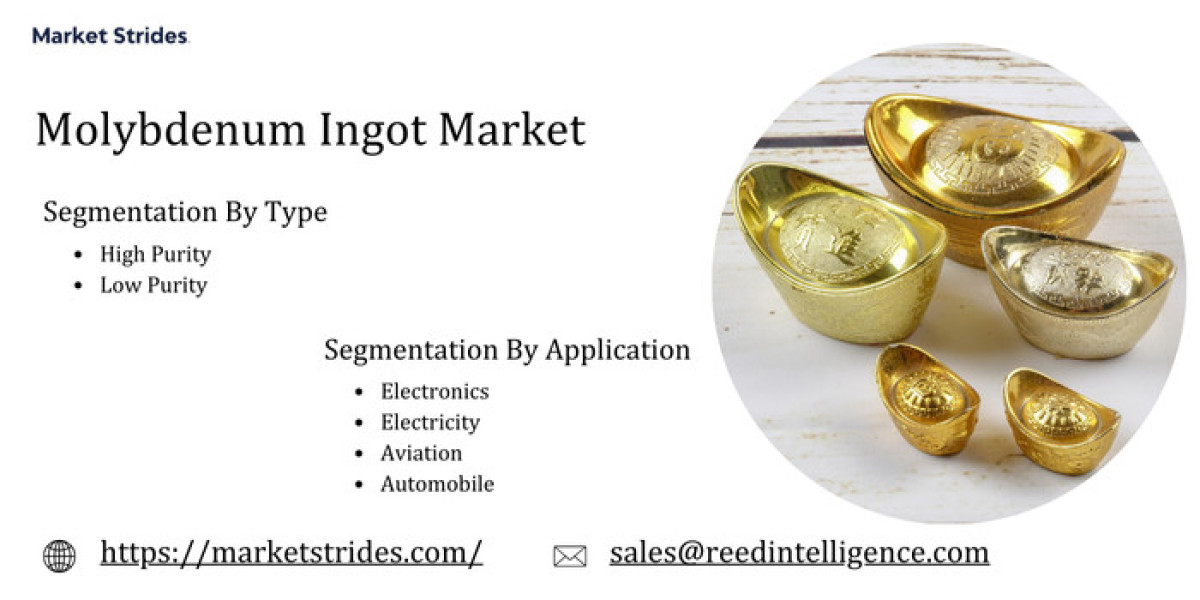Parenting Strategies for Supporting Children with ADHD Experiencing Pain
Parenting a child with attention deficit hyperactivity disorder (ADHD) is already challenging, but when your child is experiencing pain, it can become even more complex. Children with ADHD may have difficulty expressing their discomfort, making it harder for parents to identify and address their needs effectively. In this article, we will explore practical parenting strategies to support children with ADHD who are experiencing pain.
Understanding ADHD and Pain
- The Connection Between ADHD and Pain
ADHD can affect a child's perception and expression of pain. Children with ADHD may have trouble recognizing and communicating their discomfort. This can lead to pain being overlooked or misunderstood, potentially worsening the child's symptoms.
- Common Pain-Related Issues in Children with ADHD
Children with ADHD may experience pain from various sources, including:
- Injuries from accidents or falls.
- Headaches or migraines.
- Gastrointestinal issues.
- Sensory processing difficulties.
It's essential for parents to be aware of these potential sources of pain and to monitor their child's symptoms closely.
Parenting Strategies for Supporting Children with ADHD Experiencing Pain
- Enhancing Communication
Effective communication is crucial for understanding and addressing your child's pain. Here's how you can improve communication:
- Encourage your child to express their pain using simple language or visual aids.
- Create a safe and non-judgmental environment where your child feels comfortable discussing their pain.
- Teach your child to identify and describe their pain using specific terms such as "sharp," "dull," "aching," etc.
- Creating a Comfortable Environment
A calm and structured environment can help alleviate your child's pain and reduce their stress levels. Consider the following:
- Minimize sensory distractions, such as loud noises or bright lights, that may exacerbate your child's symptoms.
- Establish a quiet and comfortable space where your child can rest when they are in pain.
- Stick to a regular daily routine to provide your child with a sense of stability and predictability.
- Developing Coping Skills
Teaching your child coping skills can empower them to manage their pain more effectively. Some useful strategies include:
- Deep breathing exercises: Encourage your child to take slow, deep breaths to help them relax and reduce their pain.
- Visualization: Guide your child through a calming visualization exercise, such as imagining themselves in a peaceful place.
- Distraction techniques: Provide your child with activities or hobbies that can distract them from their pain, such as reading, drawing, or listening to music.
- Establishing Routines
Consistent routines can help children with ADHD feel more secure and reduce their anxiety levels, which can, in turn, alleviate their pain. Here's how you can establish effective routines:
- Stick to a regular schedule for meals, bedtime, and medication.
- Use visual schedules or calendars to help your child understand and anticipate their daily activities.
- Be flexible and patient, especially when unexpected changes occur.
- Implementing Positive Reinforcement
Positive reinforcement can encourage your child to communicate their pain and use coping strategies effectively. Consider the following:
- Praise your child when they effectively communicate their pain or use coping techniques to manage their symptoms.
- Use a reward system to motivate your child to use positive coping skills consistently.
- Working with Healthcare Professionals
Collaborating with healthcare professionals is essential for developing a comprehensive pain management plan for your child. Here's how you can work together effectively:
- Consult with your child's pediatrician or a specialist to identify the source of your child's pain and develop an appropriate treatment plan.
- Explore medication options and behavioral therapies to address both the pain and ADHD symptoms effectively.
- Keep your healthcare team informed about any changes in your child's symptoms or behavior.
Practical Tips for Parenting Children with ADHD and Pain
- Educate Yourself About ADHD and Pain
Learn as much as you can about ADHD and how it may affect your child's perception of pain. Research the common sources of pain in children with ADHD and familiarize yourself with the symptoms to watch for.
- Be Patient and Understanding
Managing pain in children with ADHD may require extra time and effort. Be patient and empathetic when communicating with your child about their pain, and reassure them that you are there to help.
- Encourage Independence
Teach your child to advocate for themselves when they are in pain. Help them develop strategies for managing their pain independently, such as using relaxation techniques or seeking assistance when needed.
- Seek Support
Join support groups for parents of children with ADHD to connect with others who are facing similar challenges. Sharing experiences and advice can provide valuable support and encouragement.
Conclusion
Parenting a child with ADHD who is experiencing pain can be challenging, but with the right strategies and support, you can help your child effectively manage their symptoms and improve their quality of life. By enhancing communication, creating a comfortable environment, developing coping skills, and working with healthcare professionals, you can provide the support your child needs to thrive.



